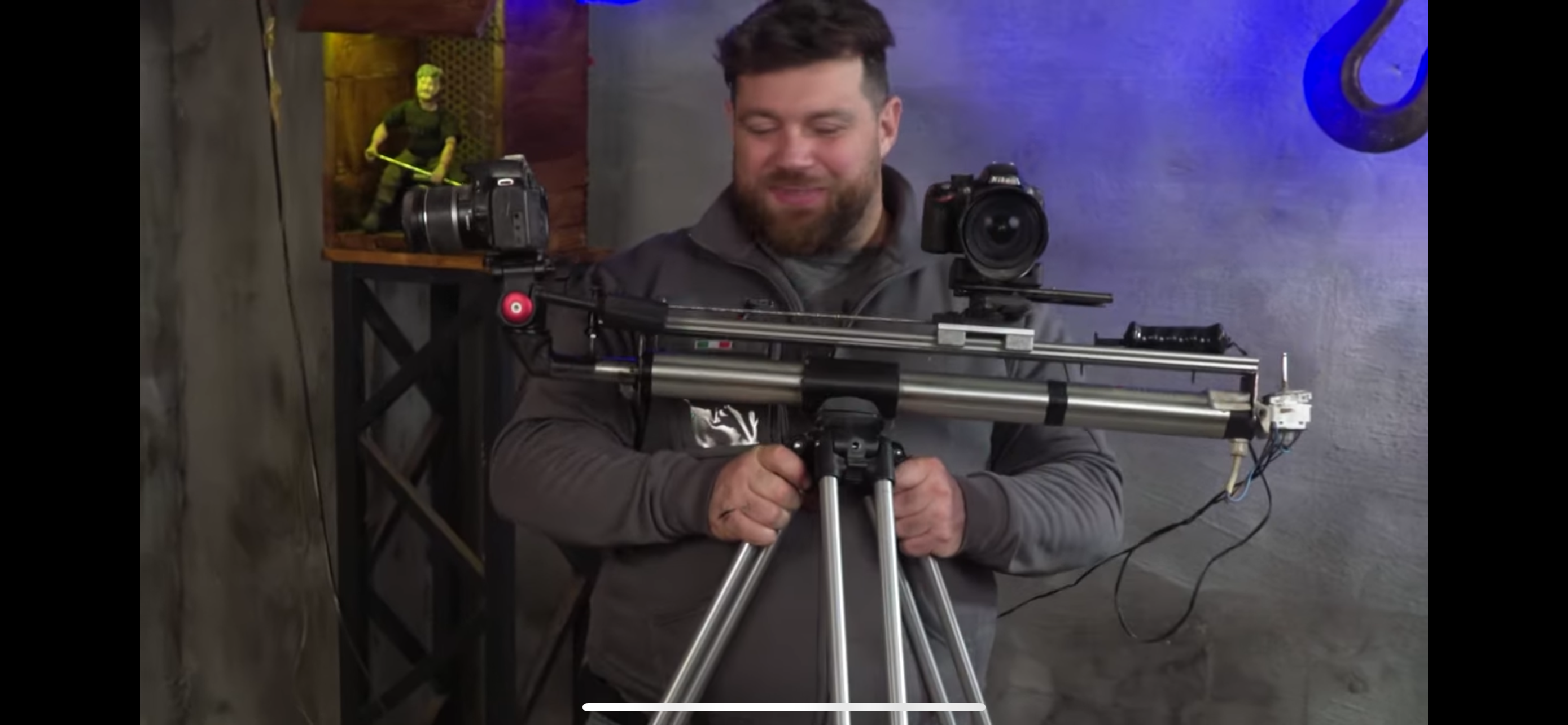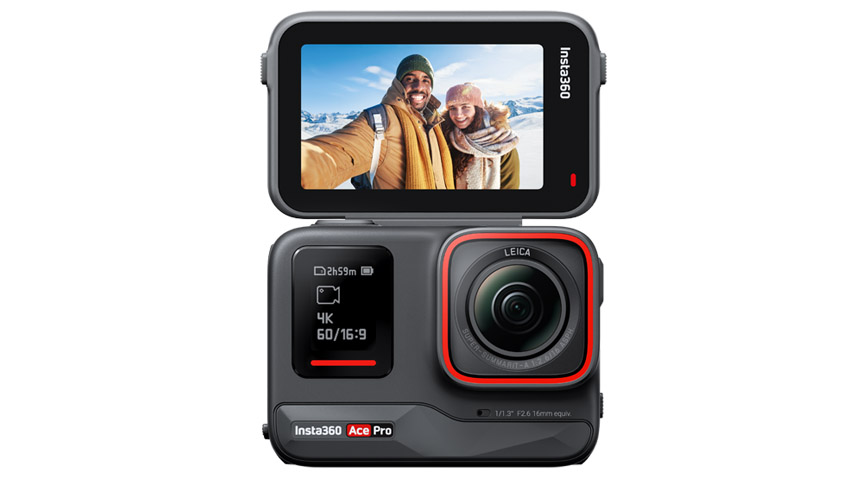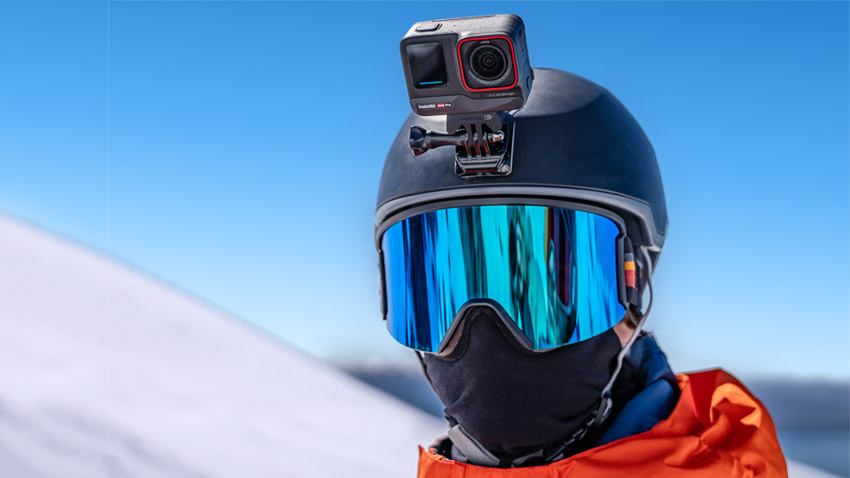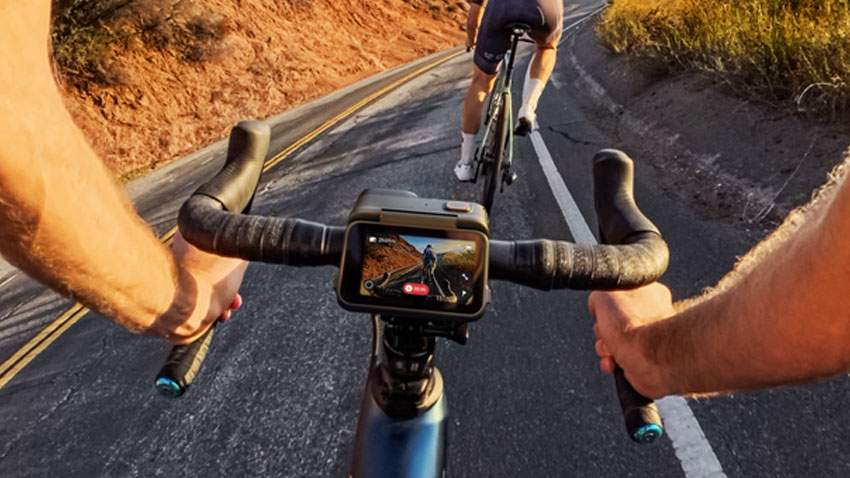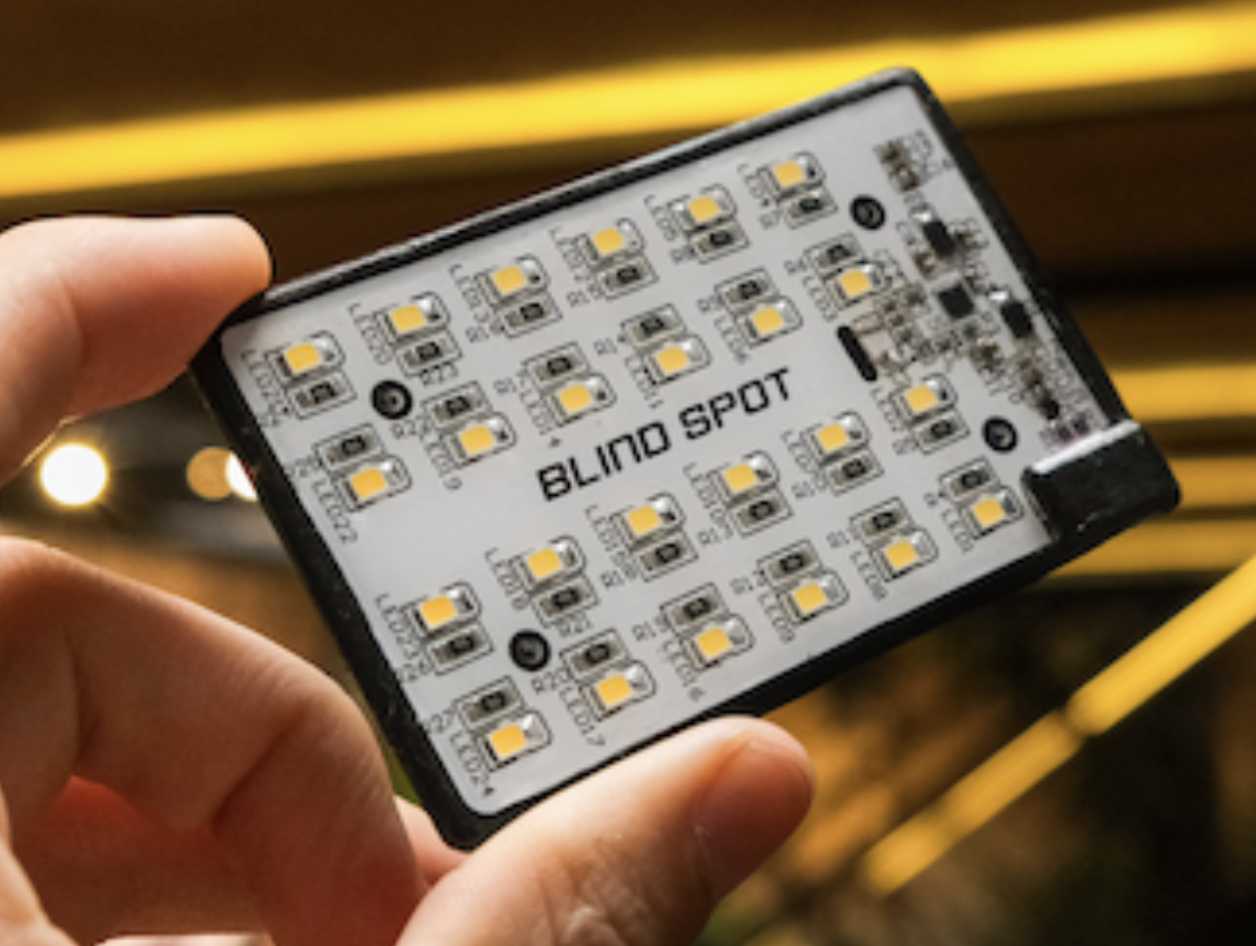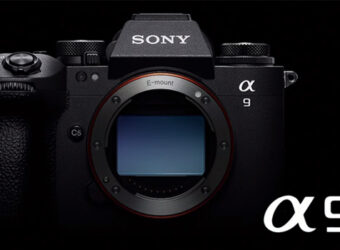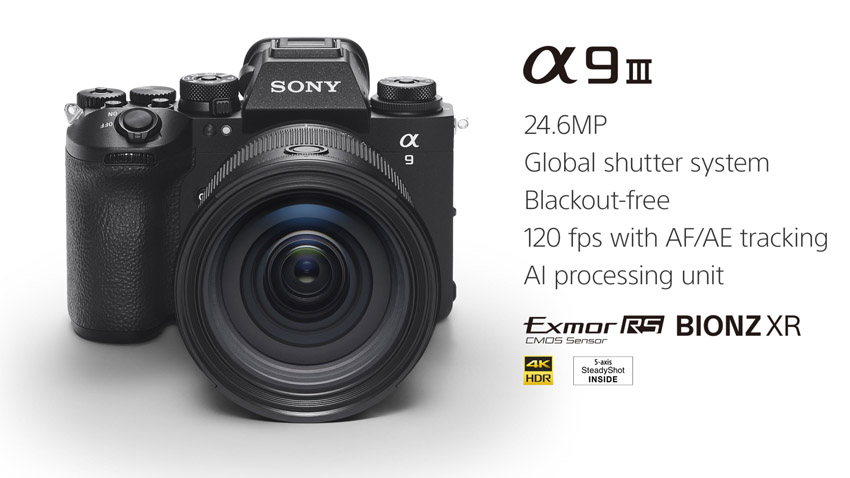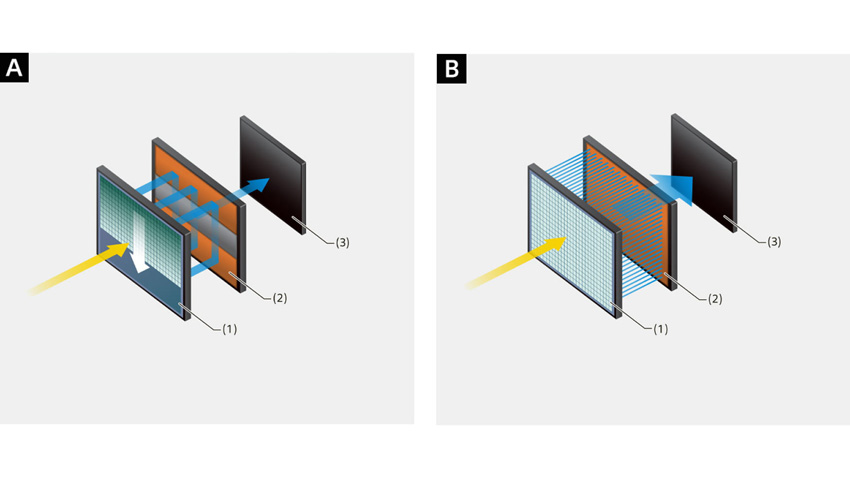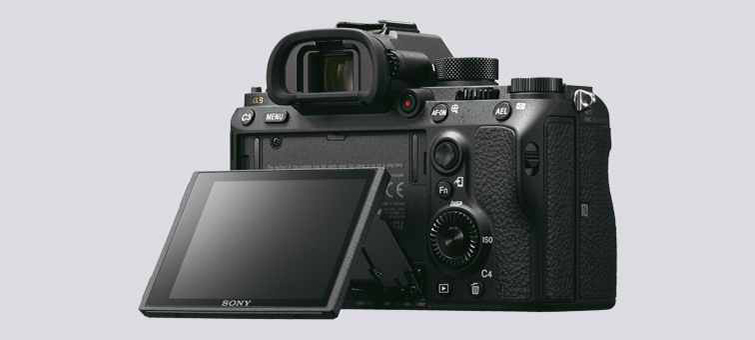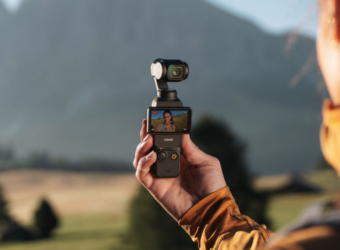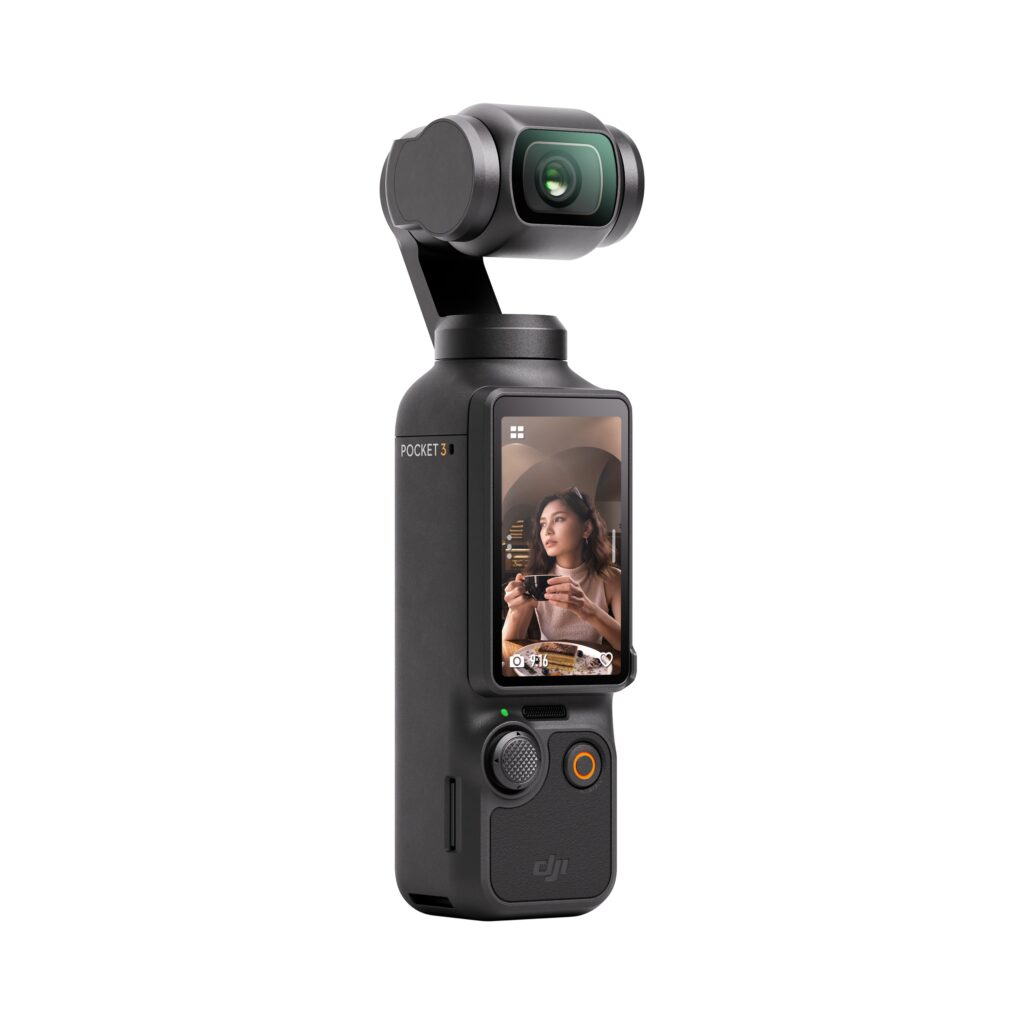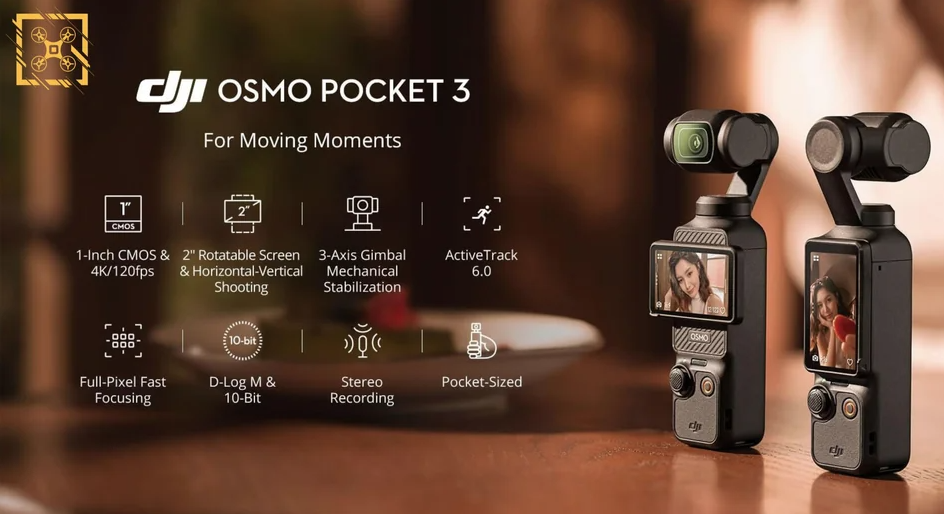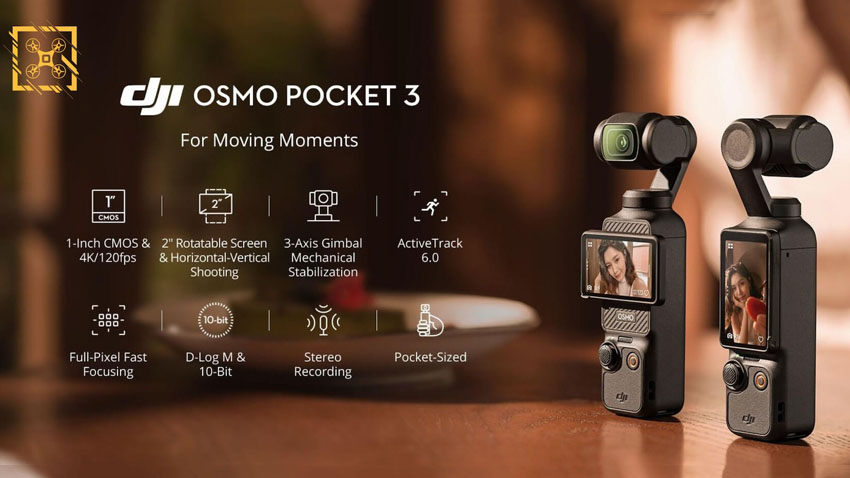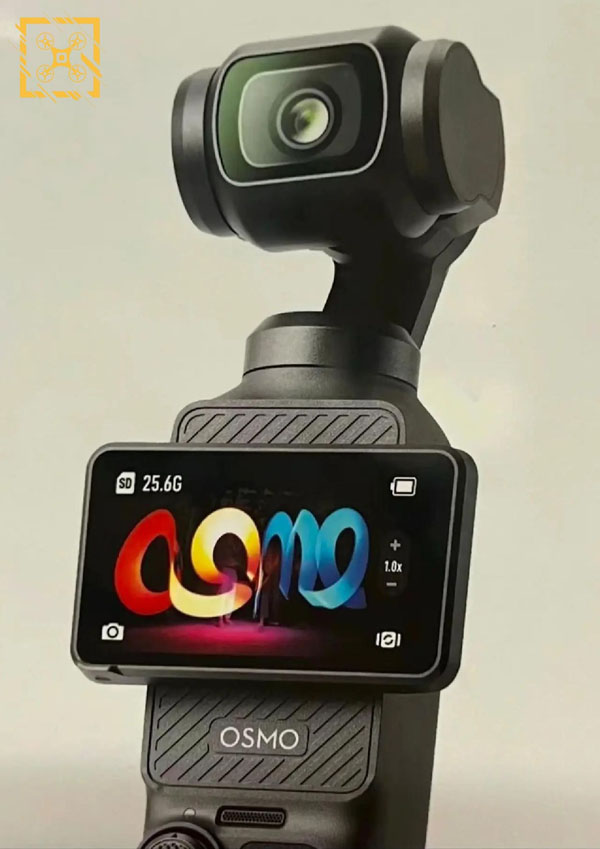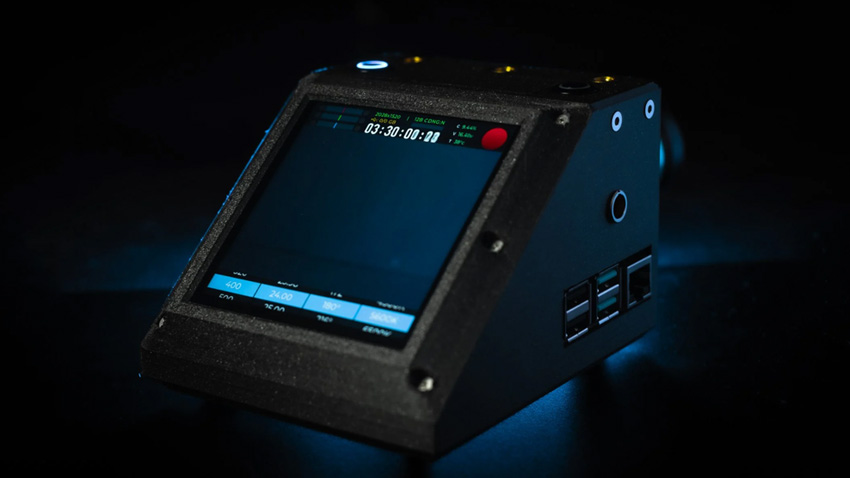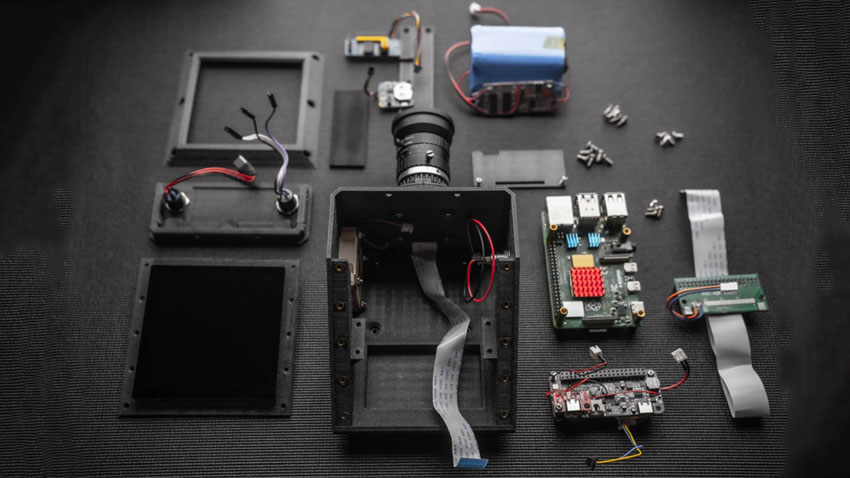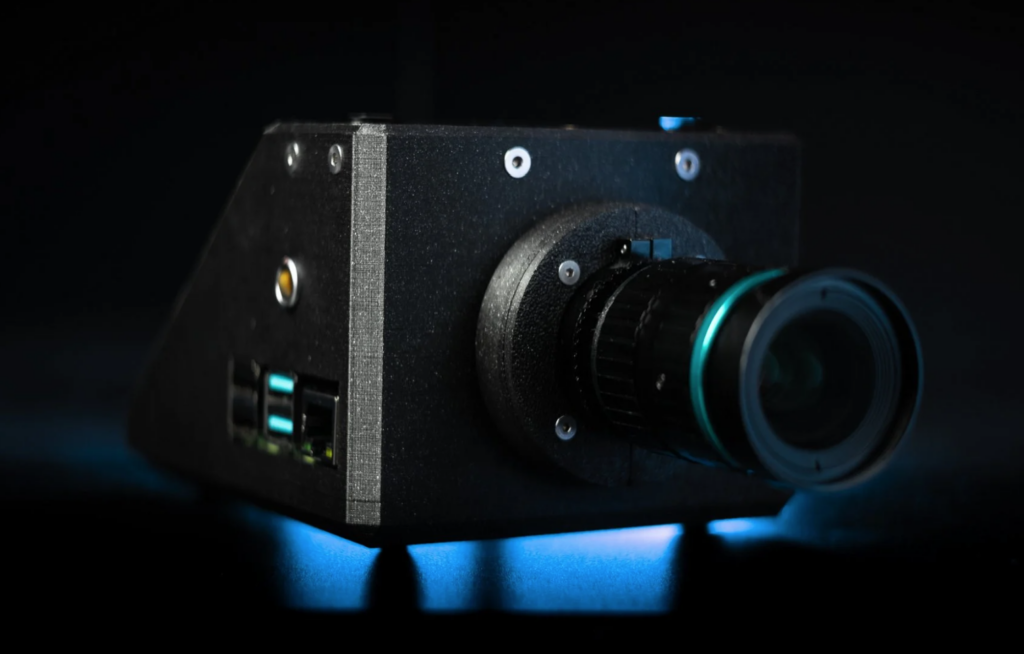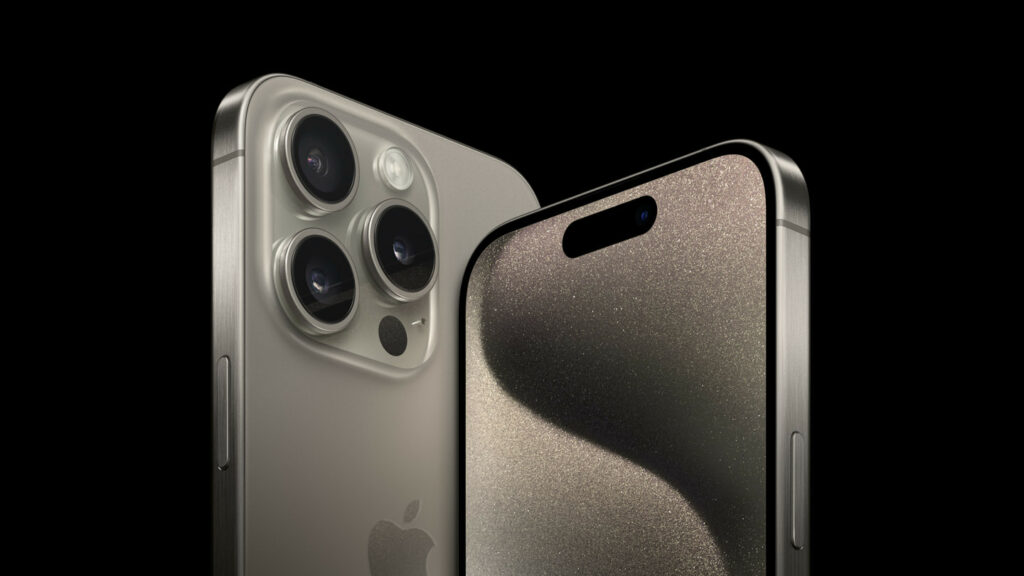DJI Unveils Powerful Ronin 4D-8K Camera with High Frame Rates and Expanded Codec Support
DJI, a company synonymous with drone and imaging technology, has taken the wraps off a major upgrade to its Ronin 4D Cinema Camera: the Ronin 4D-8K. This game-changing iteration represents a quantum leap for content creators, packing unprecedented 8K resolution, enhanced frame rates, and improved dynamic range into a versatile package.
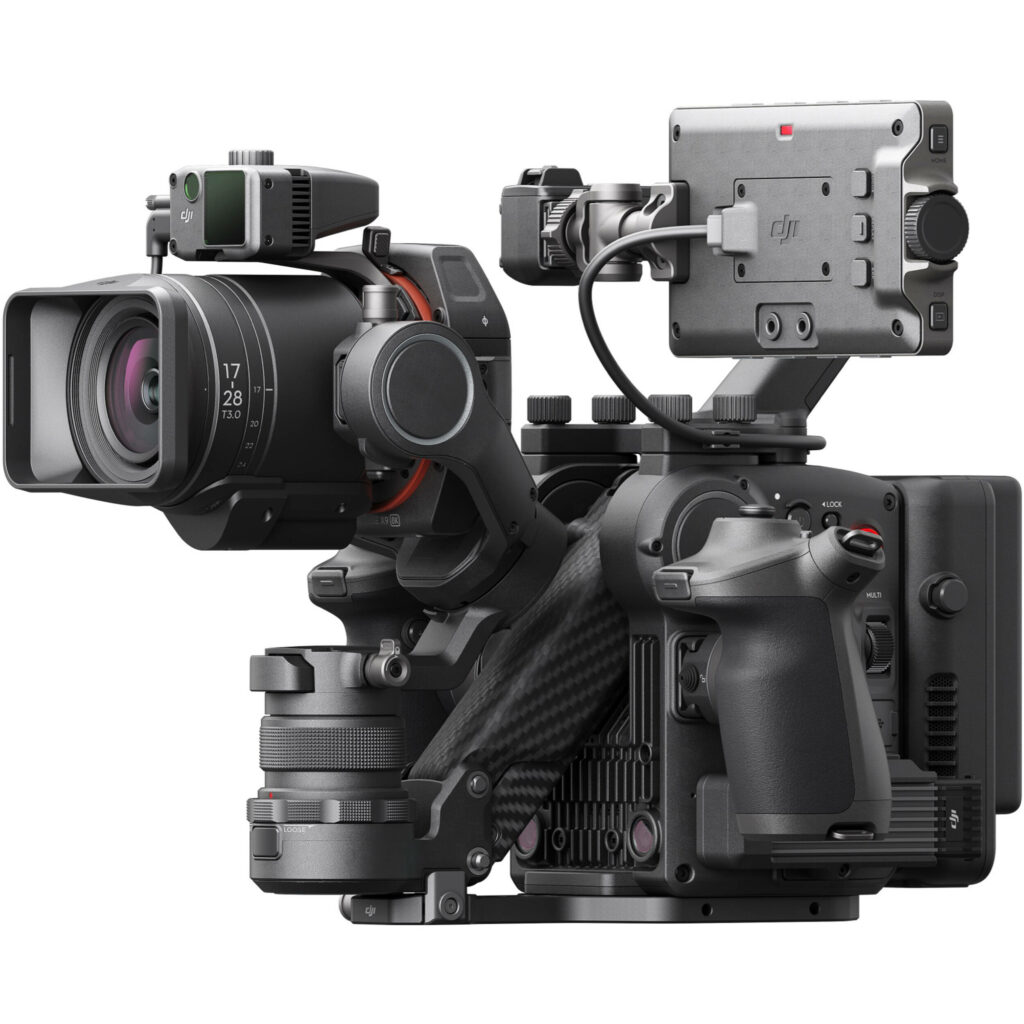
At the heart of the Ronin 4D-8K lies a revolutionary full-frame 8K CMOS sensor, capable of capturing footage at a silky-smooth 75 frames per second. This opens up a world of possibilities for filmmakers, letting them freeze time on intricate details or capture the fleeting grace of an athlete in mid-air with mesmerizing clarity. But the magic goes beyond megapixels.
The camera boasts an impressive 14.7 stops of dynamic range, ensuring faithful representation of both highlights and shadows. This translates to more natural-looking footage, even in scenes with challenging lighting conditions. For those seeking slow-motion artistry, the Ronin 4D-8K delivers exceptional 4K recording at 120 frames per second, ideal for adding a touch of dramatic flair to dynamic action sequences.
Performance is further bolstered by dual native ISO ratings of 8000 and 4000, ensuring exceptional image quality regardless of lighting conditions. DJI’s Cinema Color Science algorithm elevates the camera’s capabilities, delivering natural skin tones and vivid colors for footage that pops with both accuracy and emotional impact.
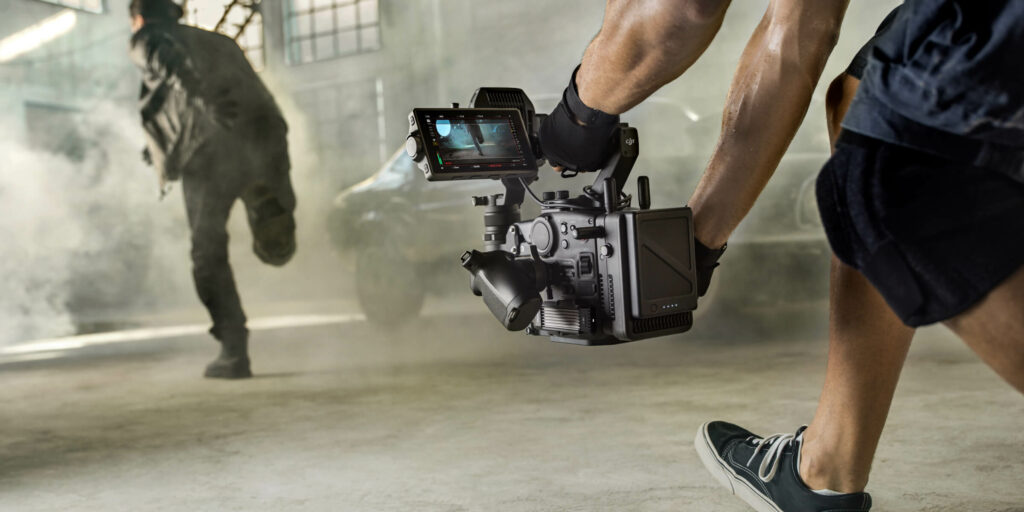
Catering to professional needs, the Ronin 4D-8K offers support for industry-standard codecs like Apple ProRes RAW and ProRes 422 HQ, alongside the open-source CinemaDNG for maximum post-production flexibility. Additionally, the camera embraces DJI’s D-Gamut color space for richer greens and accurate skin tones, while the D-Log curve unlocks over 14 stops of dynamic range, providing filmmakers with unparalleled control over color grading and detail manipulation.
For existing Ronin 4D users, DJI offers the Zenmuse X9-8K gimbal camera as a standalone upgrade path for $3,599. However, for those seeking a complete 8K filmmaking solution, the Ronin 4D-8K Combo is a powerhouse package. Priced at $12,838, it includes the camera body, a versatile DJI DL PZ 17-28mm lens, storage drives, monitors, hand grips, and even a LiDAR range finder for precise focusing.
Recognizing the realities of filmmaking, DJI offers DJI Care Pro for the Ronin 4D-8K. This comprehensive insurance program provides peace of mind with unlimited free repairs within specified limitations, covering water and drop damage, accidents, and even instances of improper use.
The Ronin 4D-8K transcends the boundaries of a mere camera. It’s a powerful tool designed to empower filmmakers of all levels to push the boundaries of visual storytelling. Its cutting-edge technology, versatility, and robust feature set position it as a formidable contender in the professional cinematography market. Whether you’re a seasoned director or an aspiring creator, the Ronin 4D-8K promises to help you capture your vision with unparalleled clarity and impact, ushering in a new era of 8K filmmaking.


